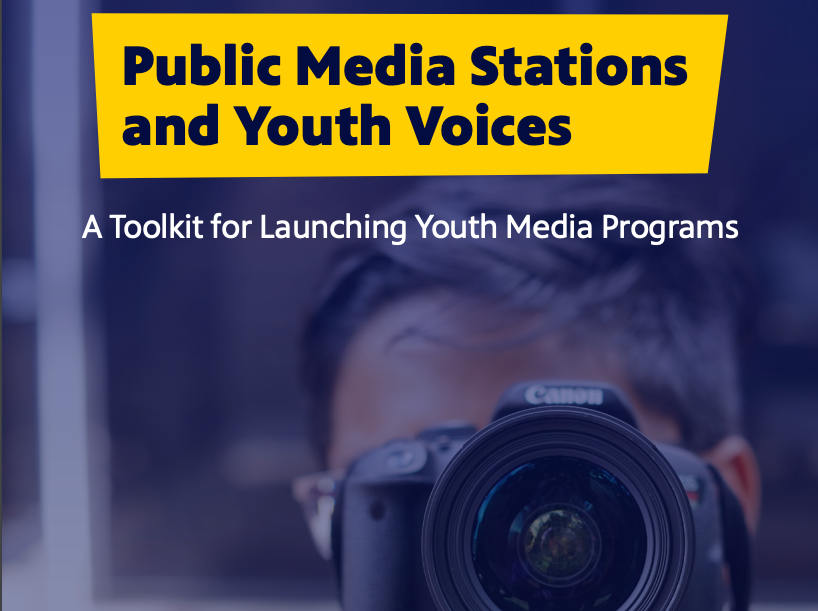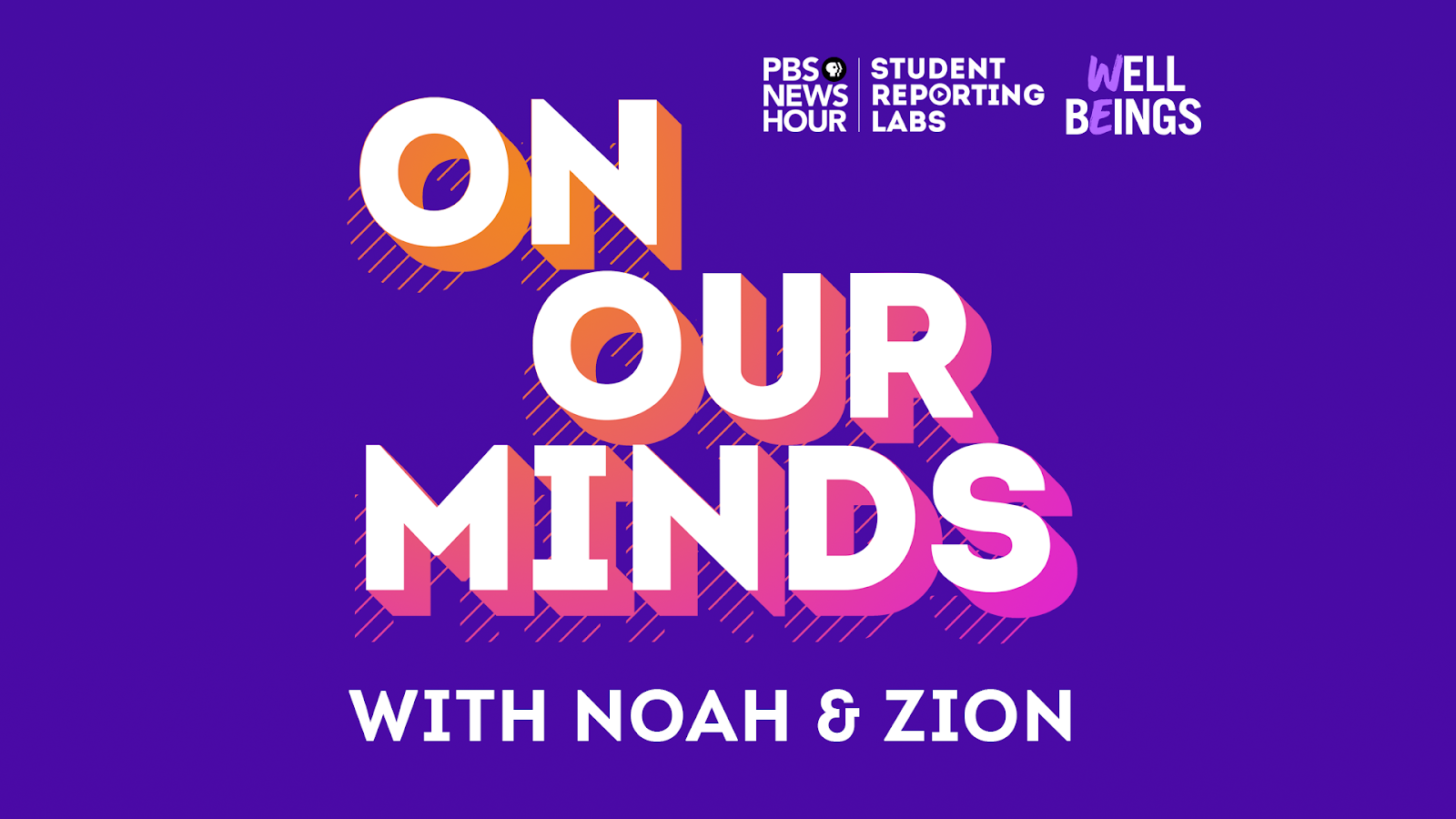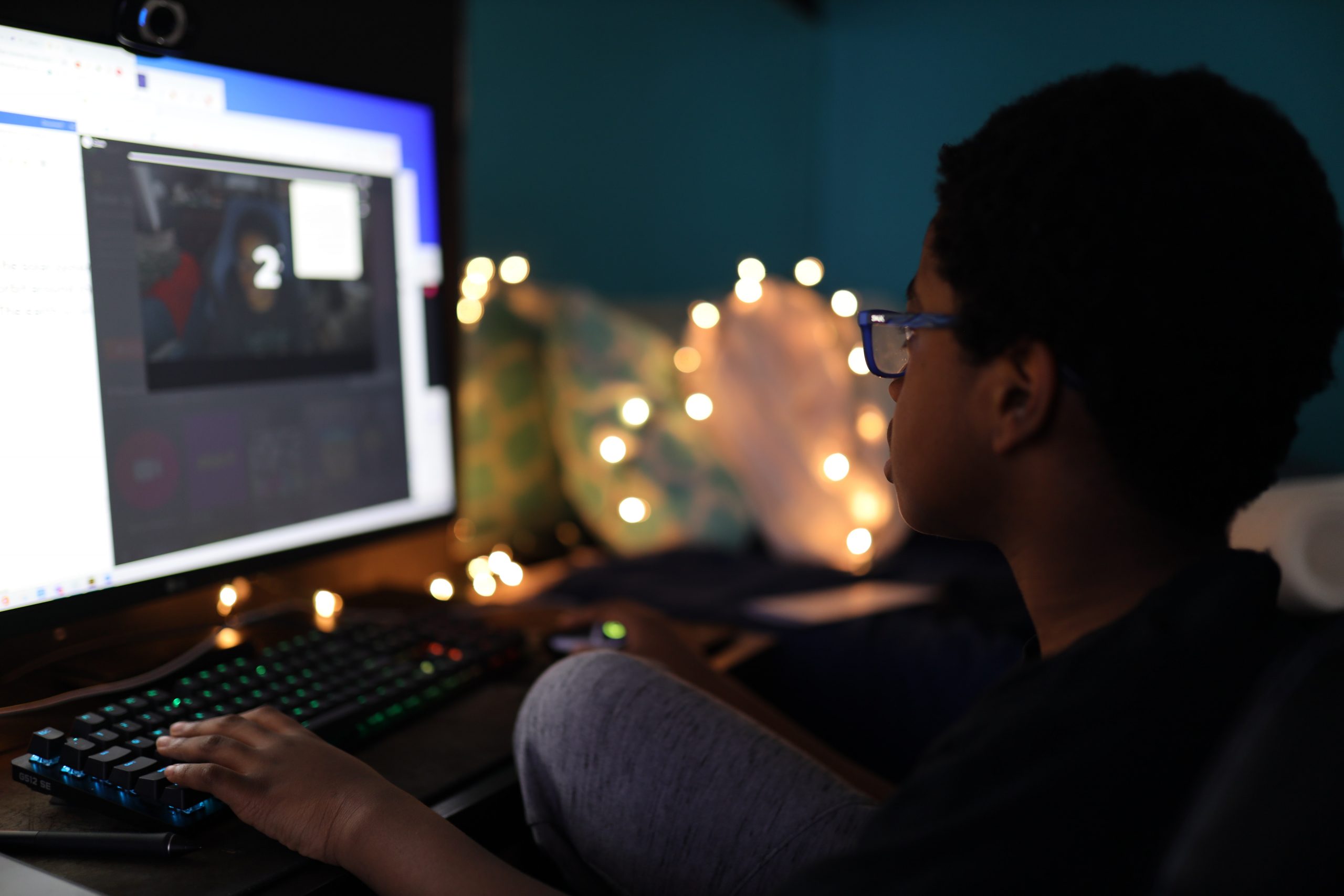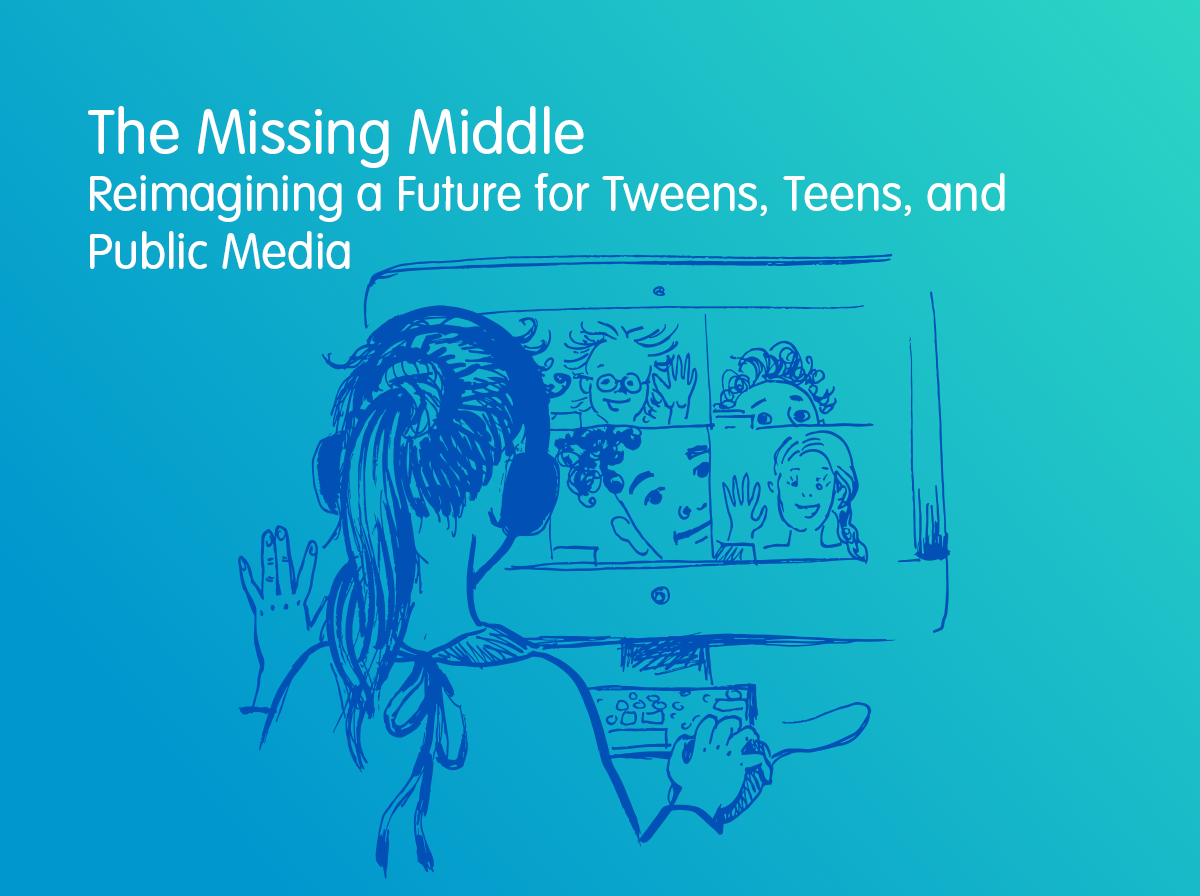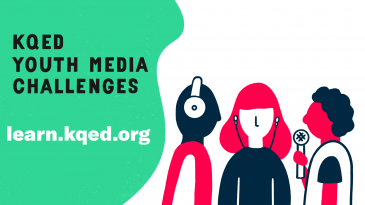
After two tough years of pandemic disruption, young people have a lot to say about their experiences, struggles, and hopes for the future. And we as educators and public media creators have a unique opportunity to help students reconnect with their schools and communities–and reenergize our airwaves and digital channels with Gen Z voices.
This is one reason we’re excited about KQED’s seven Youth Media Challenges (YMCs). Valuable learning and powerful mediamaking arise when we give young people space to share their voice beyond the classroom. YMCs are media projects that help students make their voices heard, and their learning visible. Grounded in student choice and deeper learning best practices, Youth Media Challenges ask students to read, write, design, research, rehearse, refine, perform, then record and edit a digital creation. And finally, to share their work on KQED’s online youth media showcase with their peers and community. Select submissions are aired on KQED broadcasts and shared with PBS and NPR member stations to reach an even wider public media audience.
Youth Media Challenges are not contests. KQED wants to elevate all youth voices on the showcase, including beginning mediamakers or those without access to pro tools. At the same time, YMCs are challenges. Asking students to seek solutions, tell their stories, share their views, or express their creativity isn’t easy. But doing so creates impacts that last well beyond the project or school year, especially those pieces that reach a wider audience over the air and through KQED’s digital channels.
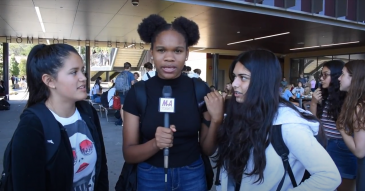
Over the coming year, KQED will be running seven Youth Media Challenges. Although storytelling with media is at the heart of all of the challenges, some YMCs may appeal more to science classrooms, while others align more closely with English, social studies, or arts curricula. This is because media literacy—the ability to analyze, evaluate and create media—doesn’t happen in one class, subject area or unit, but across disciplines and media formats. Each YMC has a distinct focus, prompt, or media type. After all, Gen Z isn’t a monolith, and young people have a powerfully diverse range of stories to tell. To learn how your station can distribute this exciting youth content, sign up to be notified about our upcoming webinars, co-hosted by NETA.
Here’s a rundown of all seven challenges:
Our Rethink School with Mindshift Youth Media Challenge goes right to the heart of the present moment and asks: Now that schools are getting back to “normal,” should they? Or do we need a “new normal” for school? Students are invited to create an audio or video commentary about anything they think should change (or stay the same) about school. Our challenge partner is KQED’s Mindshift, an education podcast and blog with a broad national audience. Mindshift will feature youth voices from this challenge on their channels, and we are partnering with stations excited to include local Gen Z voices about what schools could be in a post-Covid world.
Two YMCs focus on audio storytelling, grounded in students’ experiences and views on a topic of their choice. Perspectives is a voice-only audio essay about a life-changing moment, learning experience, or important issue. Podcasting with the California Report opens the door to short podcasts, also on any topic. Past entries have included sound-rich reflections on family, friendships, and favorite hobbies, as well as reporting on aquaponics, body image, and beliefs about masculinity.
Communicating ideas through dance or art is the focus of an additional two challenges. If Schools Could Dance calls on students to choreograph and film an original dance that reflects the spirit and story of their school. Political Cartooning with Mark Fiore asks students to draw an original, one-panel political cartoon about a local, national or global issue they care about.
Last but not least, the two YMCs geared toward STEM classrooms invite students to design, explain, create, and share using video or graphics. For the Engineering for Good challenge, students go through the engineering design process to come up with a solution for a problem, then share their prototype in an infographic or short video. The Science Documentary challenge asks students to explain a scientific phenomenon, concept, observation, or issue and how it connects to their lives.
What stands out when you think back on your classes in middle or high school? Most likely you remember the times you could express yourself or your views, connect with peers on a deeper level, and share your work with someone other than just the teacher. In this moment, public media has a chance to support Gen Z in raising their voices and connecting with their communities. KQED’s Youth Media Challenges are one place to start.
To learn more about how to get involved with Youth Media Challenges and support the elevation of youth voice at your station, contact Almetria Vaba, director of education partnerships at avaba[at]KQED.org.
